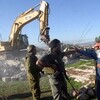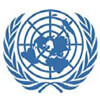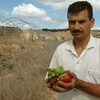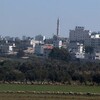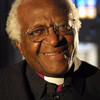
Call upon Hillary Clinton to cancel meeting with Lieberman
1 December 2006
We your constituents respectfully and forcefully request that you cancel your upcoming meeting with Avigdor Lieberman, Israel’s newly appointed Minister of Strategic Threats. Please cancel the meeting publicly as a matter of principle that is in the best interests and ideals of the United States of America. As a champion of democracy and human rights, you cannot possibly know about the policies and positions of Mr. Lieberman and his Yisroel Beitenu political party, and still be intending to meet with him. In a recent editorial about his appointment, Haaretz, Israel’s newspaper of record wrote, “…the choice of the most unrestrained and irresponsible man around for this job constitutes a strategic threat in its own right …” Read more about Call upon Hillary Clinton to cancel meeting with Lieberman
